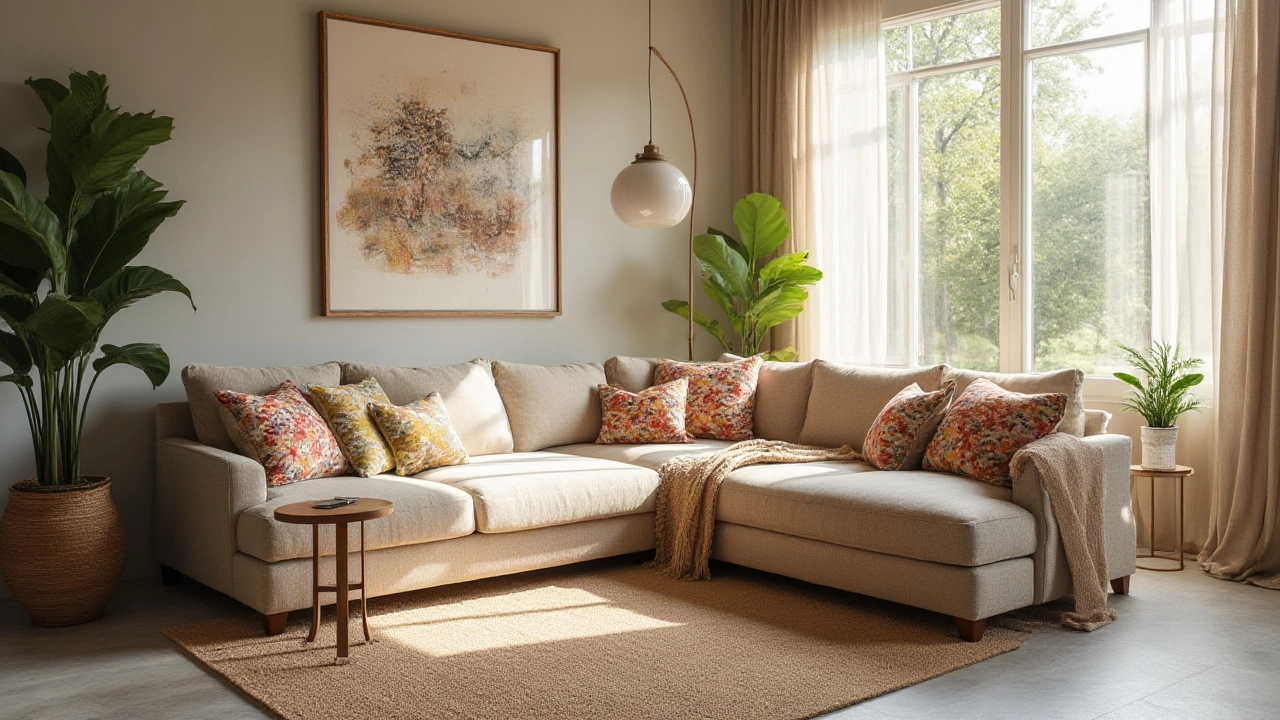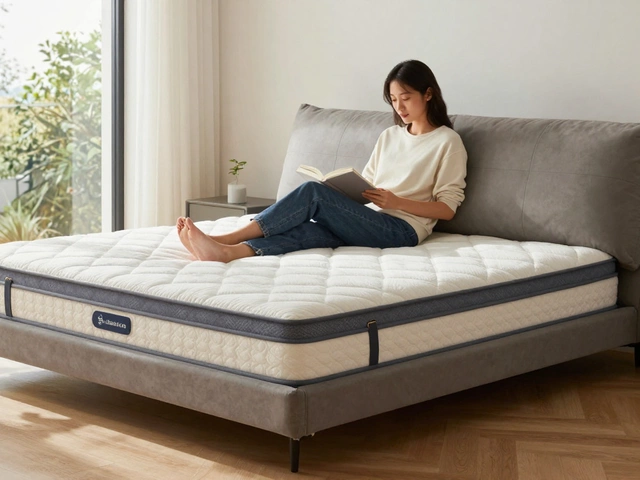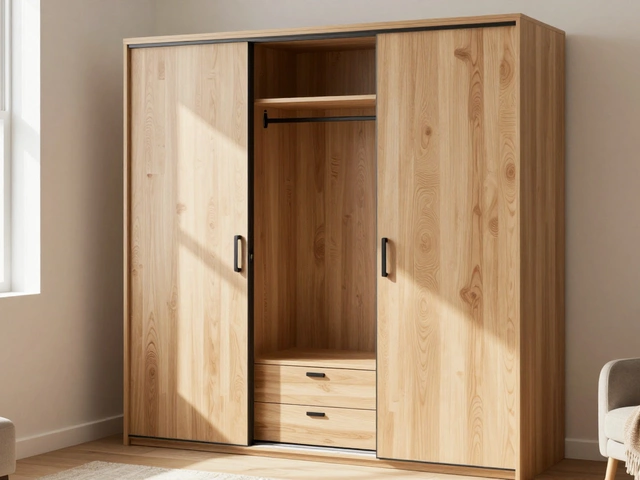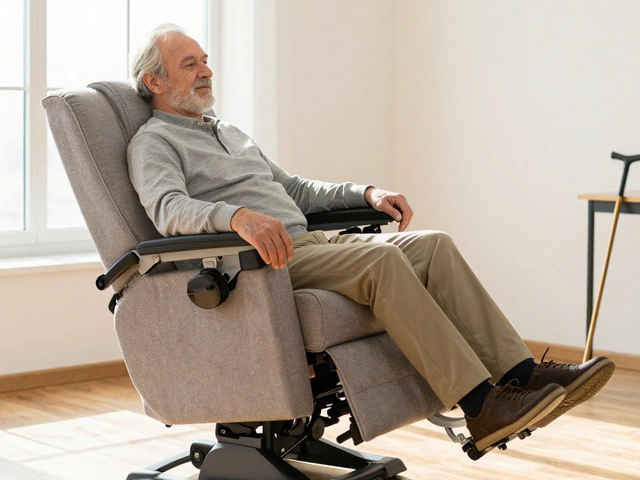Sectional Sofa Guide – Choose the Perfect Corner Couch for Your Home
Thinking about adding a sectional sofa? You’re not alone. Corner couches have become the go‑to seating option for families, roommates, and anyone who wants a comfy spot without cramming a regular sofa into a tight room. In this guide we’ll break down the biggest decisions you face, from shape and size to fabric and placement, so you can walk away with a sofa that actually works for you.
Why Choose a Sectional Sofa?
A sectional gives you more seating per square foot than a standard three‑piece set. Because the pieces lock together, you can arrange them in L‑shape, U‑shape, or even a chaise configuration. That flexibility means you can fit a sectional into a corner, a long hallway, or a sprawling open‑plan living room. Plus, the built‑in arms and back support tend to feel more relaxed than a single‑piece couch, making it perfect for movie nights, game sessions, or just stretching out with a book.
How to Pick the Right Sectional for Your Space
Start with your floor plan. Measure the wall length where you want the sofa, then subtract at least a few inches for clearance—this helps you avoid the dreaded “won’t fit through the door” moment. Next, decide on the shape. An L‑shaped sectional fits neatly against two walls, while a U‑shaped piece works best in larger rooms that need a cozy conversation hub. If you love having a place to kick up your feet, look for a chaise or a recliner module.
Fabric matters just as much as size. Leather gives a sleek, modern vibe and is easy to wipe clean, but it can feel cold in winter. Microfiber and performance fabrics hide pet hair and spills, making them ideal for busy households. If you’re going for a design statement, think about mixing textures—like a velvet lounge module paired with a linen arm. Whatever you choose, test the cushion firmness in the store; you’ll know within seconds if it feels supportive or too soft.
Don’t forget the practical side of delivery. Sectionals come in multiple pieces for a reason—they’re easier to maneuver through doorways and stairwells. Ask the retailer if they offer a “white‑glove” service that assembles the sofa in your room. It might cost a little more, but it saves you from a back‑breaking assembly experience.
Finally, think about the future. Modular sofas let you swap out a piece if your needs change—add a sleeper module for guests, replace a recliner with a sofa chair, or rearrange the layout for a new room configuration. This adaptability makes a sectional a smarter long‑term investment compared to a static, single‑piece couch.
With these tips in hand, you’re ready to hunt for a sectional sofa that fits your space, style, and lifestyle. Take measurements, test fabrics, and don’t shy away from asking the sales team about modular options. In the end, the right corner couch will not only fill your living room; it’ll become the centerpiece of countless evenings at home.
Are Corner Sofas Outdated? Modern Corner Sofa Trends, Tips & Ideas for 2025
Are corner sofas outdated? Discover if corner sofas still fit modern homes, explore fresh trends, and get practical tips for choosing and styling sectional sofas in 2025.





